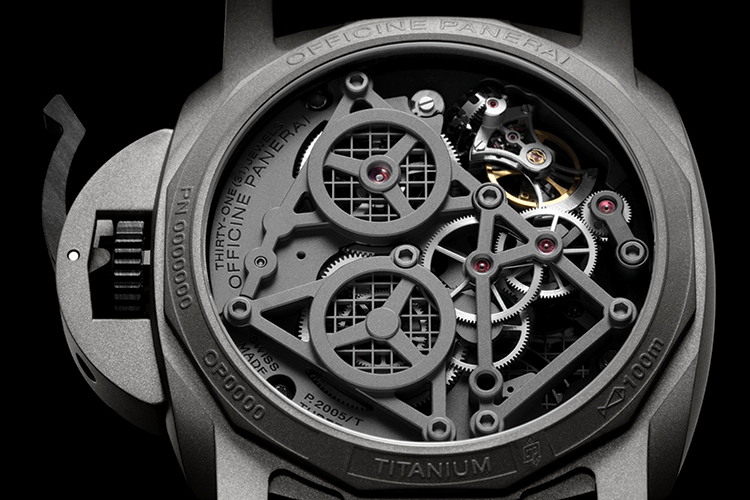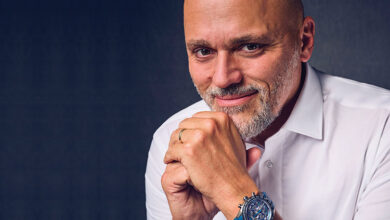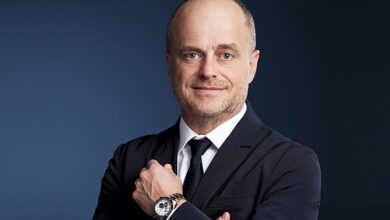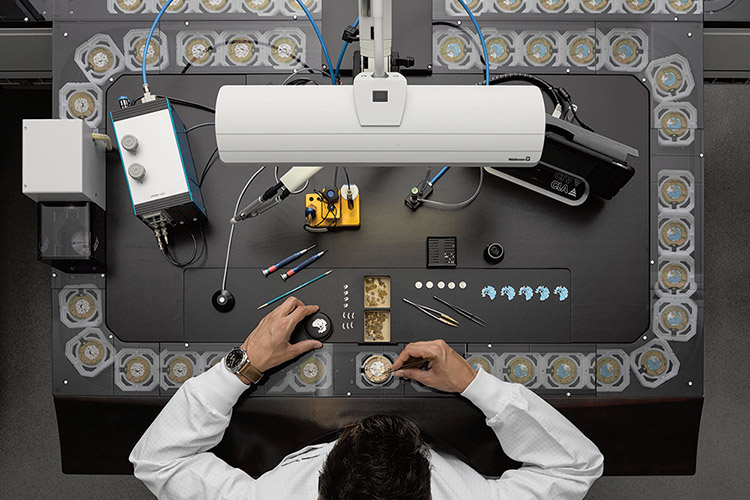
On a recent visit to their Neuchatel Manufacture, we had an opportunity to sit down with Jérome Cavadini – Chief Operating Officer, Officine Panerai – for a long chat about the roots of the brand, new materials, and coping with the expectations of brand aficionados…
Panerai is a brand that has a distinctive history and DNA; how do you see the way forward for the brand without compromising its roots?
This is the tricky part of the game, since we have to, as a major brand, come out every year with interesting novelties – consistent novelties – while being loyal to our original DNA. So, for us some territories are completely out of bounds, and we neglect it because we cannot even think about it. On the other hand, we have customers who expect us to push innovation and introduce new materials. All that we did in the past and continue to do today is to try find the right balance between innovation and very strong design. If we even think about some complication or movement, it always has to be clearly defined as a Panerai watch – something that you can clearly recognise at ten metres.

Since the brand has strong historical roots, did you have any difficulty in bringing about change that could perhaps be viewed as inimical to the brand?
Yes, we do feel that change can be a potential source of danger to the brand, but you also have to anticipate what the customer would expect. The Luminor Due launch was perceived by us as ‘risky’, because we were introducing ‘flat models’. It is very hard to anticipate customer reactions; we had some customers tell us that it was very tough to wear our watches under a shirt and that they would like a watch that better fit their small wrists. We took it as a challenge to try various designs; the design work was really outstanding and we did a lot of prototypes until the moment we felt that the watch was consistent. It is really risky, but if you take the time to do it well, you can do it.
Why did you term this year as the “Year of the Submersible”?
Our CEO Jean-Marc Pontroué told us that at a certain level he was perceiving the brand as leaving the area of the underwater world, which was our speciality at the very beginning. The first Panerai watches were manufactured for the Italian Royal Navy. He felt that other brands were entering our territory and the first thing he would like to do was to reconquer our territory. We had to go back quickly with new materials and new sizes including the Gold.
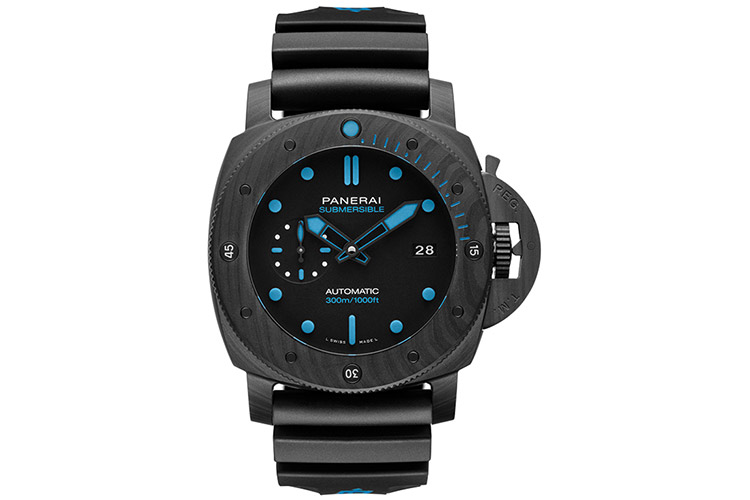
How important is new materials to the brand, given that you have unveiled a number of new materials such as BMG and Carbotech?
Very important – for the Manufacture teams and the R&D teams, innovation in terms of materials is fundamental. Steel and titanium have been used for centuries; you can improve them a little bit but it will still remain the same on Mendeleev’s Periodic Table. It is not going to be anything new. But if you look at the Mendeleev’s Table, you can combine a lot of metals, and this is what the automobile industry and the biomedical industry are doing really well for all of our medical and transportation needs.
We have been convinced for some time that the last word on materials has not yet been said, and we were supposed to dig into it. We launched a programme four years ago, sending out people in different countries such as Germany, Italy, Japan, and US to find the best companies able to provide new materials. Out of this, we found ten materials that we would like to invest in, and we did. They were the BMG – one of the most difficult – Carbotech, DLMS – 3-d material printing, and a few others. Two of those materials failed; we presented to Jean-Marc that the results were not convincing and he was okay with that. We also had to convince our finance team that in terms of financials, we had to agree to lose sometimes. If we worked on ten materials, five could be a success, while five may be failures.
This was a new practice in the watchmaking business; what our shareholders like is that when they put in a franc, they want one more franc at least in return. This is not always possible; failure is part of our business. Jean-Marc drastically increased our budget for innovation, including for some ideas that will go in the basket. This is good because nothing great comes out of the normal, you have to take some ways that are shorter or some longer but at the end you come out with new materials.
What is the criteria for choosing a certain material?
The first one is the resistance since our DNA is rooted in the military and robustness. The second one is the weight; since our diameters are 47 millimetres, some customers would expect the watch to be lighter than steel or titanium. Lightness is really needed. We are working on other alloys of the titanium family, as the weight of the watch is something we really focus on.
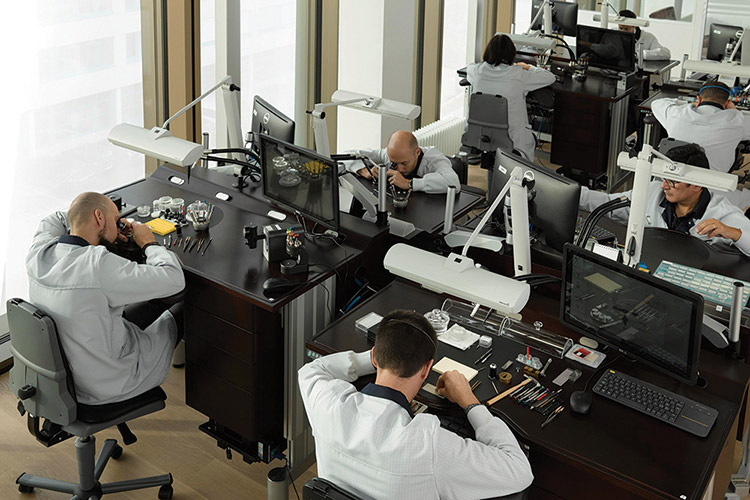
How do you handle the fact that Panerai has a cult following with aficionados sometimes more knowledgeable about the brand than the employees?
This is absolutely true; this is a parallel world and this attitude is something that our CEO is keen on promoting. He told us a year-and-half ago that we should reconnect with them, not only by opening our doors, but by also letting them organise their networks and community. We needed to let them know that they are a part of us and we are a part of them, even if we are completely separated. We welcome them a lot in the Manufacture, some of our visitors are Panerai-stic; they can join us here for a visit.
We recently introduced a Passport so that they can freely enter our premises in the Neuchâtel Manufacture, the Eilean yacht, and the Florence Boutique. The idea is to welcome them, and let them take a small part of the history in terms of development. We can highlight for them some novelties and new ideas. Jean-Marc met them recently in Amsterdam and told them of some elements of what will happen in the future. This community is very important to us because we are the only brand that has 32,000 people as our marketing team.
Do you think that that kind of fanatical following can backfire if they do not like any changes introduced by the brand?
It could happen; we could disappoint them if we do something that is below the standards they expect from us. It could probably evoke a negative reaction. I joined the company eight years ago and since then we had some negative feedback on the social networks now and then, but nothing really massive. Everybody is entitled to their opinions and we have to respect that.
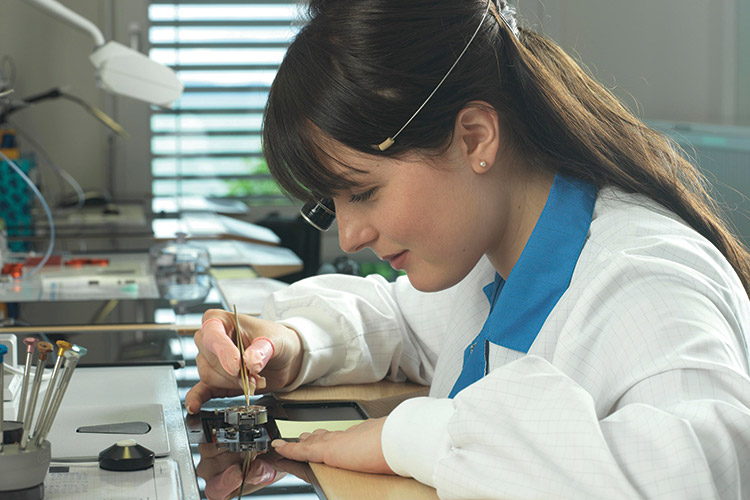
What do you see as the biggest challenge the brand faces right now?
The first is developing the business while being consistent in design; second, the retail business is something we would like to focus on because we are convinced that this is the best way to promote the brand, and the idea of being really particular. Third, personalisation; this is more for the high-end pieces, but we will also cater to personalisation in the regular pieces. We have some requests for personalisation; we have to ensure that the personalisation is fine but it has to always be loyal to the brand DNA. We have to think about how we will do it and the limits we will place on it, and implementation.
For some years now, Panerai has been coming out with high complications every other year; will this continue?
Yes; we have a team working on this range of products. As you know, it takes years and it is not that we can come out with a superhigh complication every other year. We came out with the tourbillon in 2007, and the feedback was good. Surprisingly, we continued to sell a good quantity of tourbillons every year, so we decided to develop this range. The minute repeater was a success. We have fans and our super-loyal customers expecting surprising products that can also be highly personalised as well. It is a mix between big complications and unique pieces that we are working on now.
Panerai, initially perceived as a brand for men’s watches, has in recent years offerings for ladies; has this been a success?
This is not my domain, but in general, the Luminor Due 38 and the Radiomir 42 were designed to fit small wrists. It is not a surprise that some of these wrists are female wrists. The idea was to come out with an offering that fit the Chinese expectations; as you are aware, the wrists of the Chinese is a little bit smaller than the US or European ones. This was the reason we came out with this watch, but we were also aware that this could potentially interest the women, and they started to buy this watch. Our sales statistics prove that ladies are considering Panerai as an alternative. This is why we now have some colours on our straps and dials.
